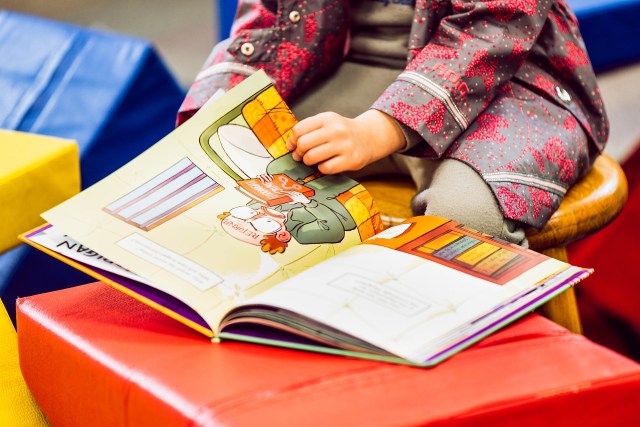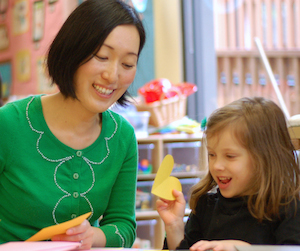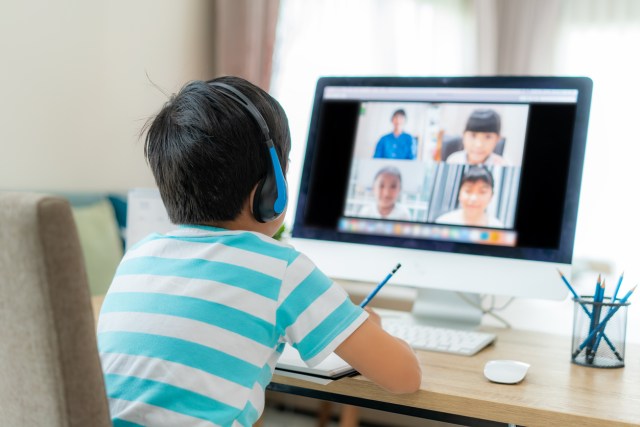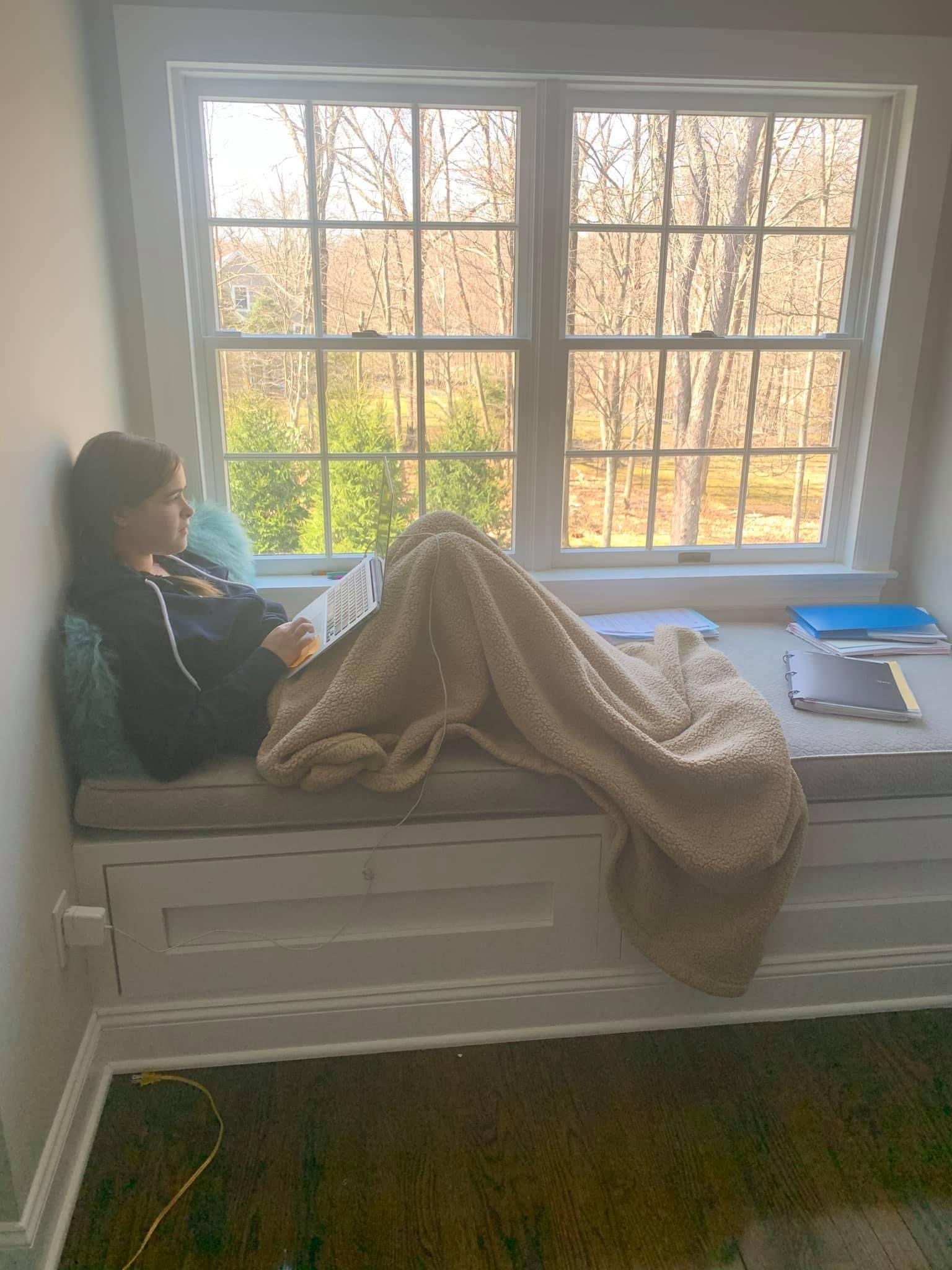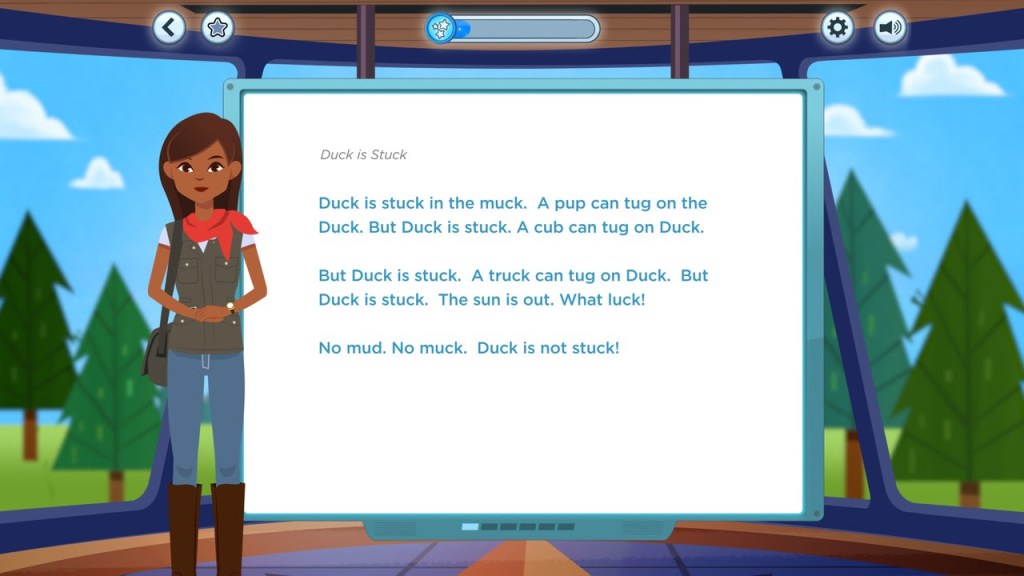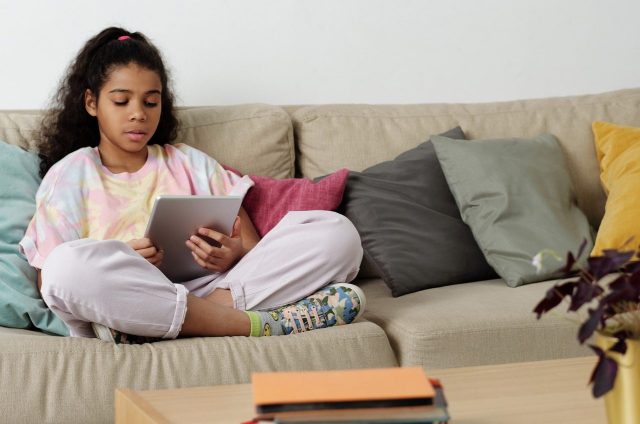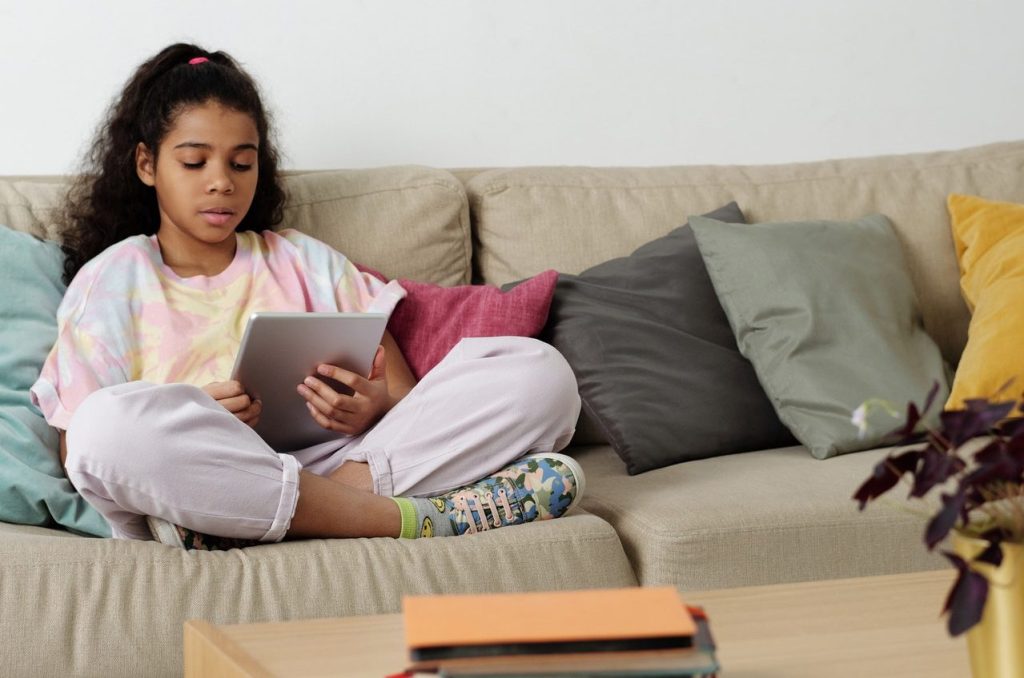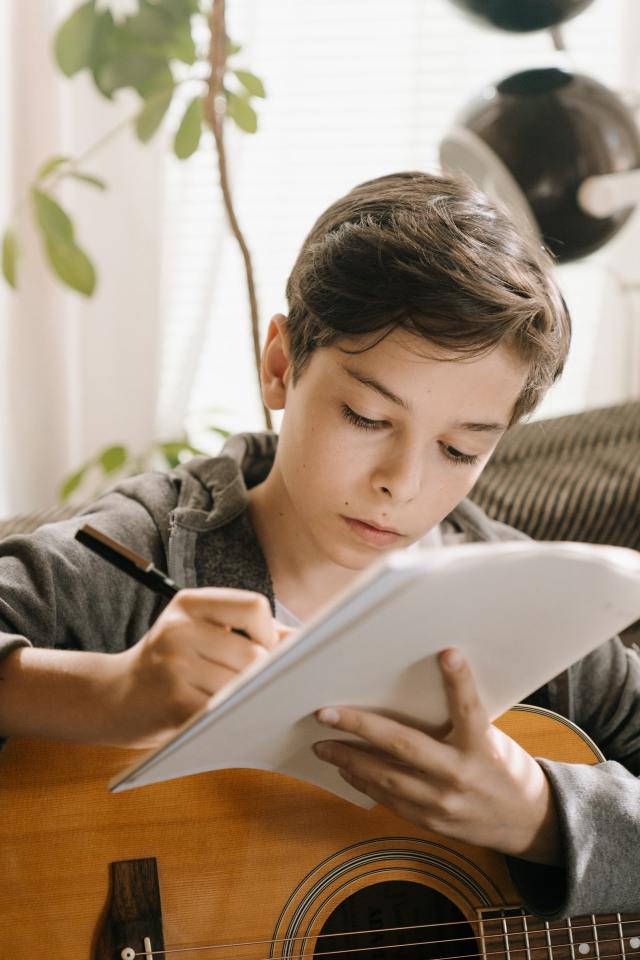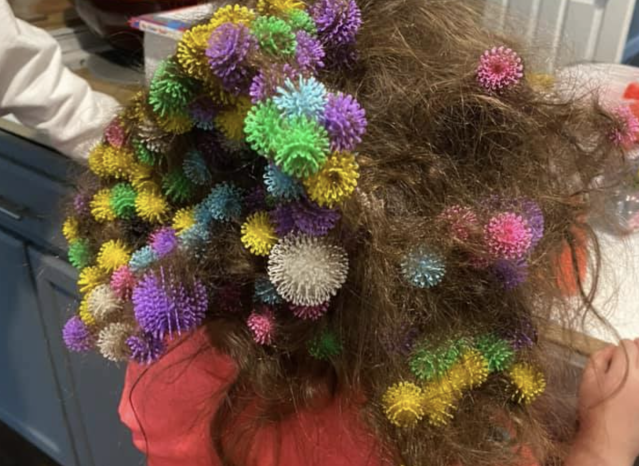
Students, parents, and teachers alike would largely agree: 2020 was the most challenging year that the world of education has seen, likely ever. But 2021 brings great promise: teachers are being prioritized for vaccines, schools are reopening with strong safety results, and even the most reluctant of learners are seeing school more favorably given the experience they have to compare it to. So what, then, happens to online learning? Despite the challenges that nearly all families have seen with remote learning, and what is sure to be a joyful return to classrooms and playgrounds across the country, it remains inevitable that online learning is here to stay.
As with anything, moderation may be the key, but families have seen enough advantages to learning online that remote learning is bound to be a healthy part of most students’ educational diets, largely because of three undeniable factors:
1. Convenience & Comfort
While few elements of the COVID-19 era could be described as convenient, online learning has shown families that keeping up with students’ needs and interests doesn’t require an endless array of carpools and logistical hassles. Online tutoring sessions allow for after-school help at the click of a button and are even recorded for students and parents to review later. A whole array of enrichment and social activities are available from the comfort of home, too: book clubs, chess clubs, writing groups, music lessons, and more can all be joined remotely, allowing students the freedom to dabble in several interests and affording parents the luxury of coordinating that schedule without assuming chauffeur duty.
But convenience doesn’t just mean saving time and gas mileage. Students have seen that online learning provides many other conveniences, too. Online lessons allow for several modalities of communication, meaning that a shy student can participate frequently through anonymous polling or group chat without having to speak out in front of a large group until they’ve built up that level of comfort and confidence. Scheduling particular times and durations is much easier, too. Group study sessions aren’t restricted by library study room availability, and tutors are willing to schedule quick meetings without having to justify the time they spent commuting to and from such a short appointment for a minimal payday.
Even within sessions, there’s great convenience: when classes and tutorials meet online, the educator has access to a massive array of visual aids, practice content, video libraries, content recording, and more to make sessions come alive in just a few clicks. Simply put, online learning is a convenient way both to teach and to learn.
2. Personalization
For better or for worse, we’ve all seen technology personalize our daily experiences for us. The ads we see are personalized, our social media feeds are curated just for us, Netflix recommends what we should watch next, and our phones are constantly offering suggestions on what we may want or need. During the COVID era, families have begun to see how personalized online learning can be.
For one, personalized assignments and assessments can provide acute recommendations and minimize the time a learner spends in a state of boredom or frustration. Adaptive assignments can move students to new challenges before they get bored, and prompt students for self-reflection and course-correction—or deliver necessary baseline review—before they begin to cement bad habits or become demoralized by being in over their head. And while education traditionalists often respond to adaptivity by extolling the virtues of repetition, quality adaptive programs add the benefit of spaced repetition, serving review content in appropriate intervals at appropriate doses for each student.
Personalization extends beyond just adaptive homework. Geography has always forced some level of one-size-fits-all learning. Without a minimum number of interested students, for example, a school may not be able to offer a particular language, or AP class, or elective course. Or it may broadly group similar-but-different subjects into an overview course, meaning that a promising painter gets a few weeks on watercolors in a general “art” class, or an aspiring app developer dabbles shallowly in several languages and projects in her school’s only computer science class.
Online, however, meeting that minimum threshold to hold a class is easy because you’re not drawing from a neighborhood or region, you’re drawing from the world. Students can be grouped based on interest or proficiency, and elective classes can be as general or specialized as students have the capacity for. This has made a massive difference in the realm of special education, where students with learning differences can finally meet in groups of students the same age with the same challenges, all moving together in the same activities and realizing that they’re far from alone.
3. Access & Adoption
Proponents of remote learning have been touting all of the convenience and personalization benefits for years, but for many reasons adoption has been slow. For some families, it may have been access limits, such as bandwidth or available devices for each student. Others may have had trouble envisioning how a young learner would take to an online teacher and classmates, or been concerned how learners would adapt to extended screen time. And many would-be online teachers were in similar situations, struggling to write legibly on an online whiteboard with a keyboard trackpad or concerned about their webcam background.
Over the past year, however, those logistical and adoption hurdles have nearly all been cleared. Students have ready-made remote learning workspaces and devices, teachers have their favorite hardware and software tools down to second nature, and even while all-day, everyday online learning has been a grind for many, virtually all parents have seen their students click with an online lesson, a virtual field trip, or a remote extracurricular activity. And one thing is always true of technology: it never goes backward. Most teachers who spent the last year optimizing their online workspace and repertoire will seek out continual opportunities to evolve it. Families who invested in laptops and wifi upgrades will be open to online enrichment. And the companies that developed state-of-the-art learning tools will continue to improve them.
Which is not at all to say that online learning is an educational panacea; as we’ve seen over the past year, it’s quite clearly not. Absence may not always make the heart grow fonder, but in the case of schools, it certainly has. We’ve seen how much kids need to be around other kids, not just for socialization but also to whisper questions to each other, to compare answers from a homework assignment, or to turn a recent lesson into an inside joke (which really is just applying new knowledge to new situations, a hallmark of the “constructivism” concept they teach in ed school).
We’ve come to truly appreciate the value of teachers and the micro-engagements they have—quick, informal conversations; knowing glances across the room; seemingly-spontaneous encounters in the hallway to provide friendly-but-candid feedback or counsel—throughout the day with each student.
Ed-tech companies love to call their classrooms and self-study portals “learning environments” but despite generations of being called archaic, school buildings really are the effective learning habitats where pods of desks and spirit weeks and postered walls all serve the purpose of an immersive, collective learning experience that was missing, and truly missed, the past year.
So the virtual learning model isn’t the total technological disruption some may have predicted, here to destroy the paradigm of learning forever. Rather, it’s here to supplement it and enhance it.
Students won’t spend all day in front of a screen, but they may well spend an hour each school day taking an AP or elective course that their school wouldn’t have otherwise been able to offer. They won’t submit all their essays online to be graded by AI, but they’ll likely do some adaptive homework to ensure that the time they spend studying after school is challenging but not overwhelming, built from foundational principles without being too boring. And they’ll still spend plenty of time with friends from the neighborhood, but once or twice per week, they may meet to delve deep into their favorite books or hobbies with new friends from around the world.
Online learning isn’t coming to replace homeroom, homecoming, and every hour in between; it’s here to make a few hours a day more personalized, convenient, and accessible for learners and their families. Online learning is here to stay; you might even say it’s just getting started.
Brian Galvin is the Chief Academic Officer for Varsity Tutors. A lifelong educator with a Master's in Education, Brian's been teaching and developing online classes since 2009. He most recently helped design
Virtual School Day, a free remote learning program that includes live, online classes to help students during coronavirus school cancellations.












